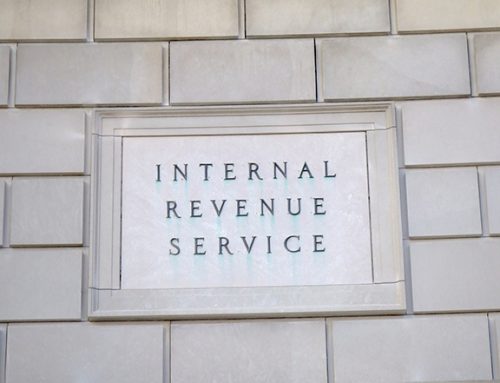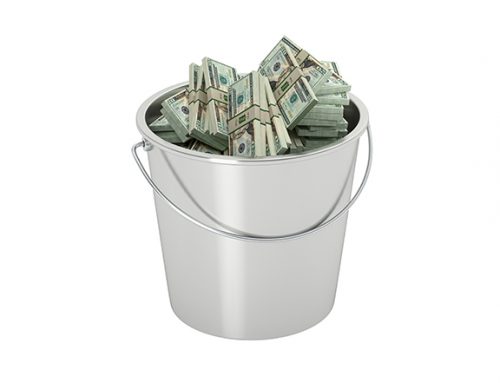By Ryan Hanlon
RV dealers are forming reinsurance companies in growing numbers as the concept becomes more widely understood and the wealth-building potential becomes too great to ignore.
In short, owning a reinsurance company allows you — not a factory, not an ivory-towered insurer — to earn the underwriting profits and investment income on the service contracts, GAP policies and ancillary F&I products you sell. Your reinsurance company grows as your penetration rates increase, among other factors, but it’s your own, personal financial asset owned separately from the dealership.
Dealers form reinsurance companies by partnering with a provider. Your provider will start the company and work with you to manage it and maximize your returns in exchange for fees or (less ideally) a share of your profits.
There are lots of ways to structure this arrangement, but there are two main paths for RV dealers. On this page, we will discuss the direct third-party administrator model; click here to learn about the reinsured third-party administrator model.
One Size Fits All
The direct third-party administrator model offers a very simple, straightforward approach while sacrificing some of the vast earnings potential that reinsurance represents. Compared with the reinsured third-party administrator model, your rates will be slightly lower, and there are no startup costs.
So what’s the catch? Well, there is no true back-end participation, so you don’t get to reap the rewards for properly managing the risk along with your reinsurance partner.
On a direct program, the contracts you sell are grouped with those sold by other dealers. This helps the provider manage the risk and ensures everyone gets a share of the collective underwriting profits.
Unfortunately, this may mean minimal flexibility in rates and coverages and minimal control over claims.
In a third-party structure, you have a say in how claims are handled, meaning you can segregate claims into “buckets” to maximize underwriting profits and override denied claims for valued customers, in certain instances. Depending on the provider, you will likely also have the ability to adjust rates and coverages to suit your market.
On a direct program, the provider is in control, and some may be motivated to deny or slow-walk claims if they don’t get the pricing right.
What’s the Upside?
At this point you may be wondering why any RV dealer would choose the direct model. The fact is it really can be the best choice.
The rule of thumb says that if you are selling at least 20 service contracts per month, you start a reinsurance company to claim the underwriting profits. If you don’t, you’re leaving money on the table.
For those who are selling fewer than 20 service contracts per month, direct third-party administrator programs can help you claim at least a part of the underwriting profits with very little risk and essentially zero effort.
Reinsurance tends to have a transformative effect on F&I production. Jumping into a direct program with a reputable provider now could be the first step in your journey toward a bigger, better finance department.
If at any point you would like to have a quiet, confidential conversation about your business and your reinsurance needs, please don’t hesitate to reach out.
Ryan Hanlon is a managing director for Portfolio, a leading provider of reinsurance and F&I programs for RV dealers, and a 16-year industry veteran. For more information or to schedule a confidential consultation with a Portfolio reinsurance expert, email inquiry@portfolioco.com today.










